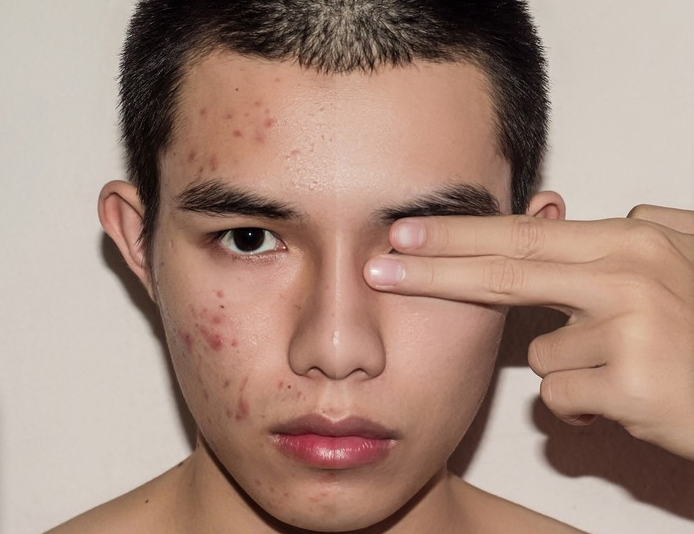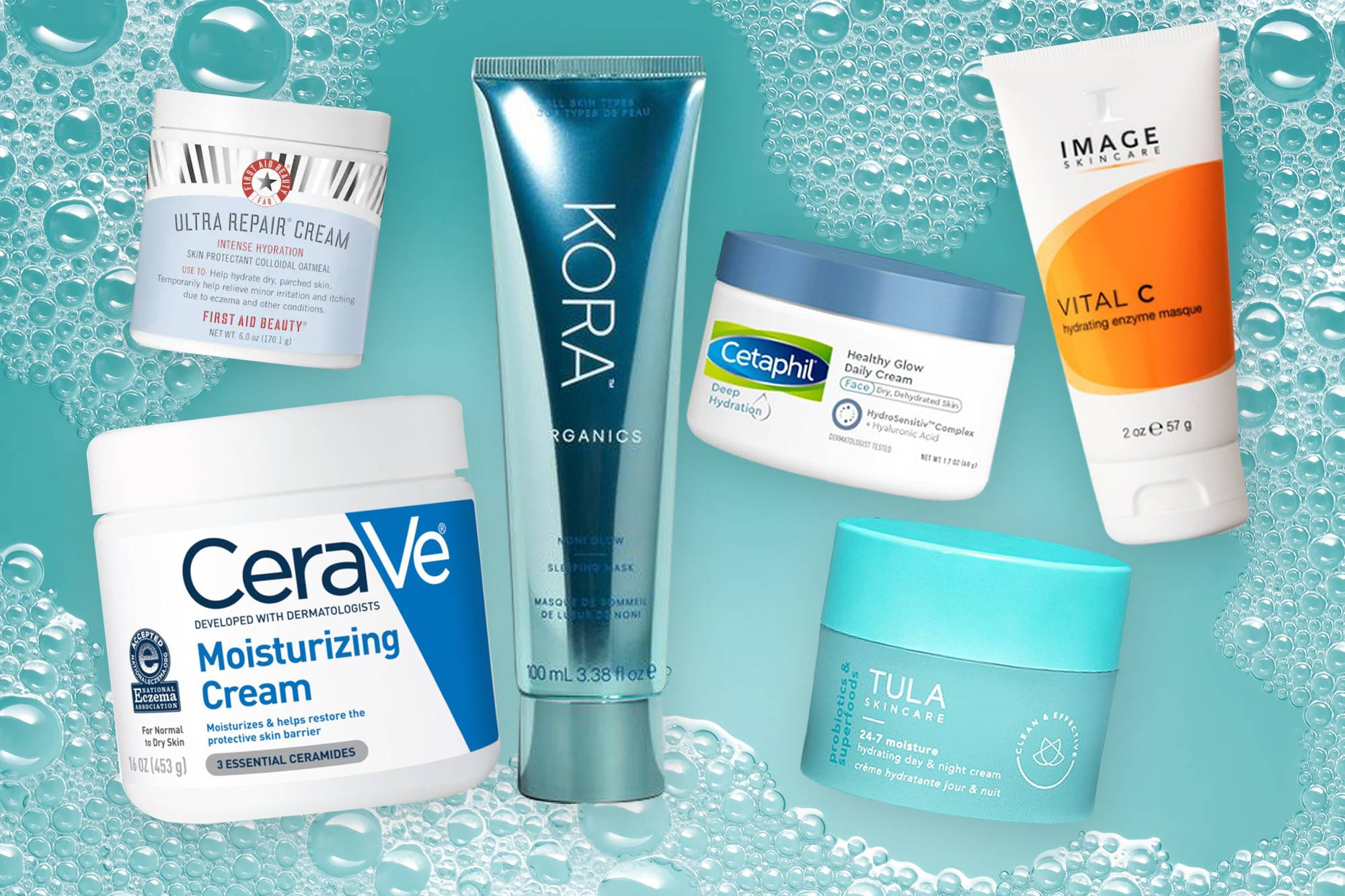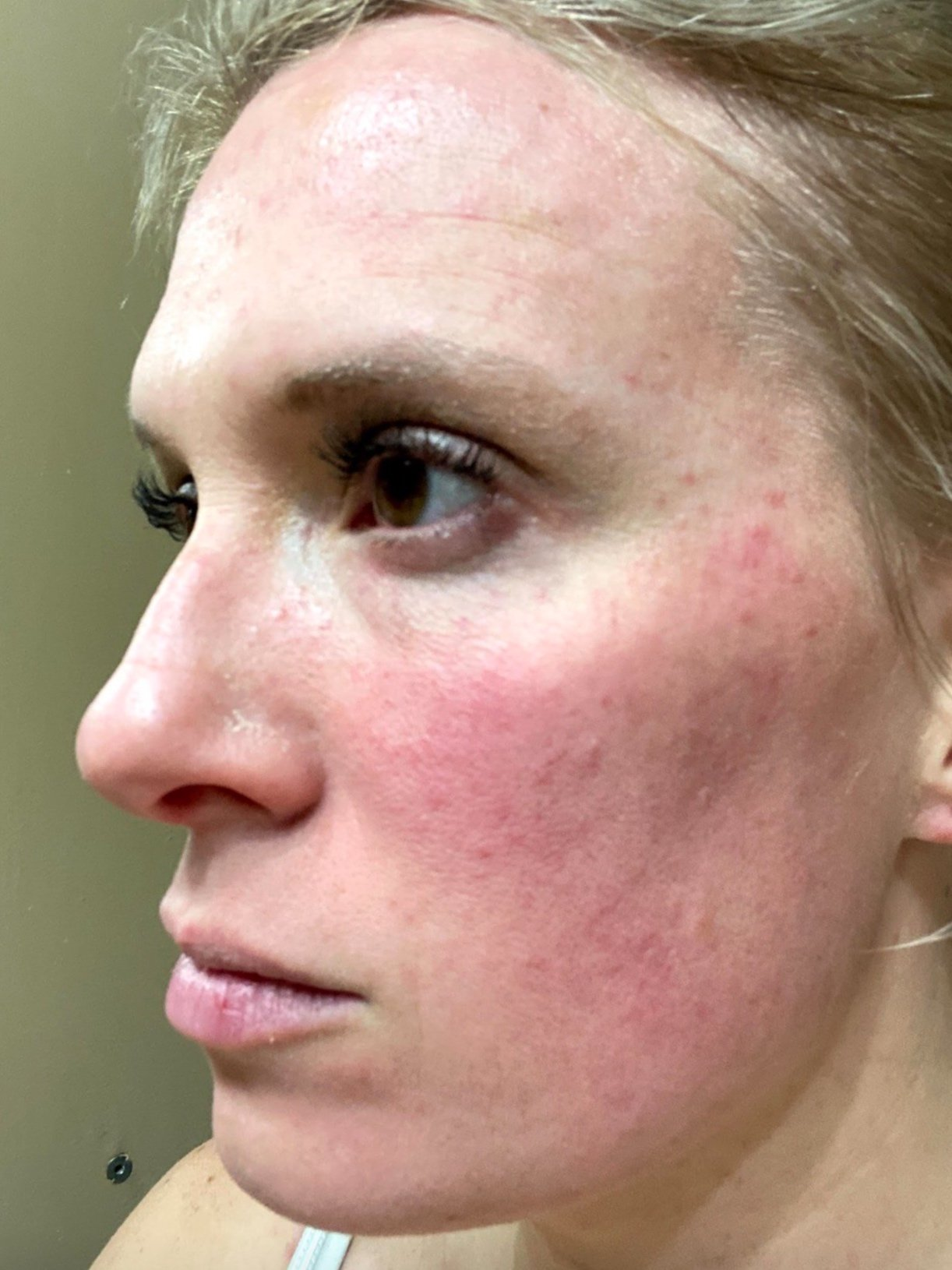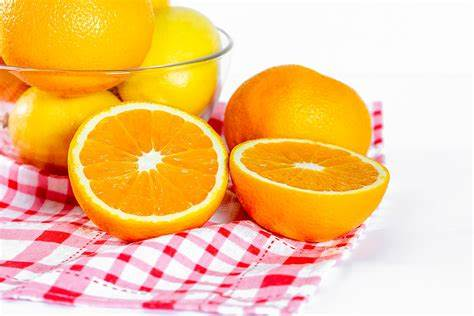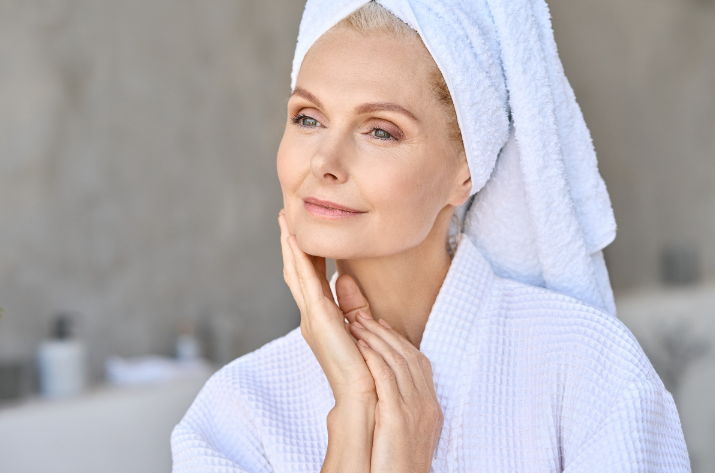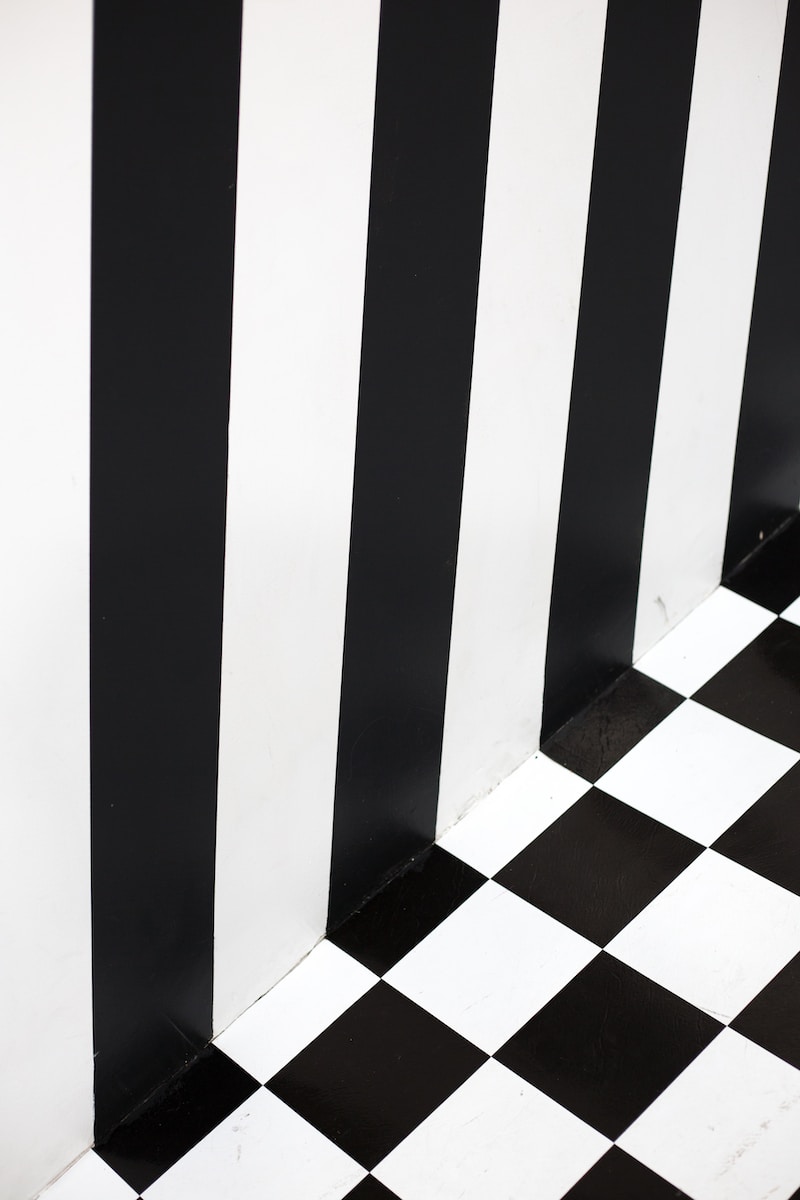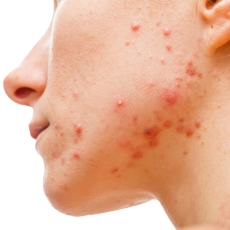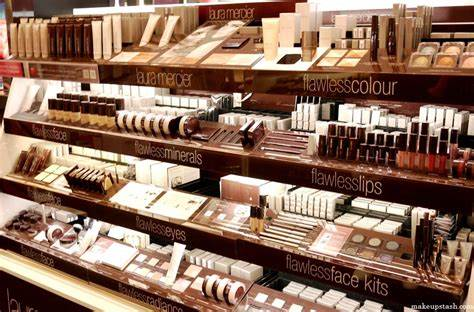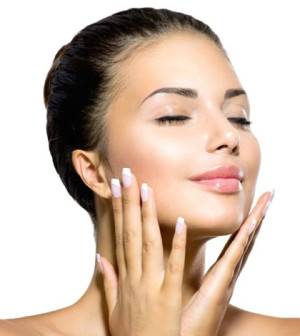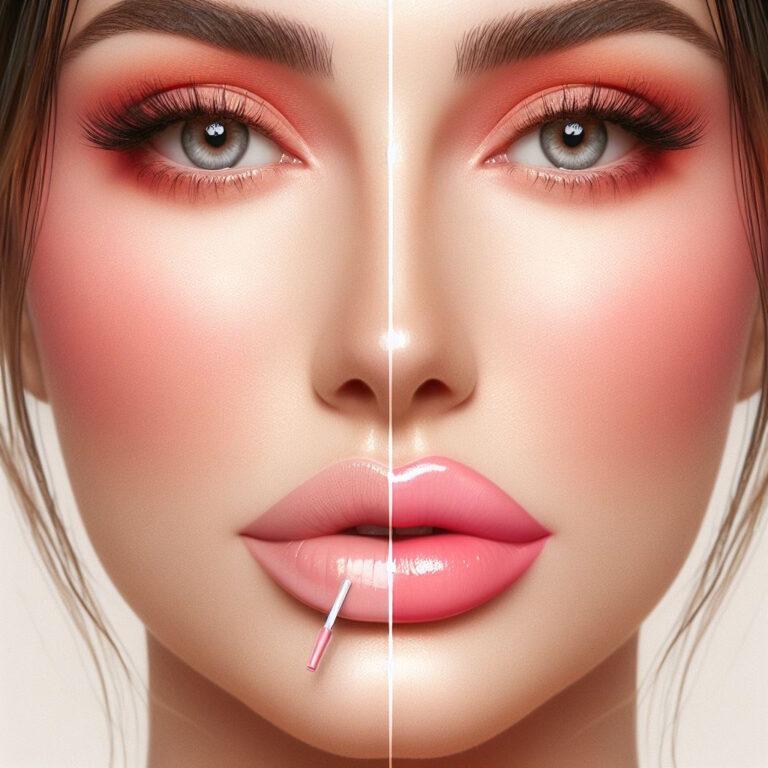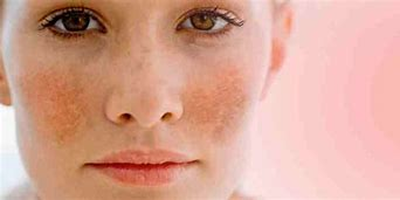Get Rid of Acne Once and For All: The Complete Solution for Clear Skin
Banish Blemishes: Your Ultimate Guide to Acne-Free Skin

How to get rid of acne and achieve a natural, radiant look with simple skincare tips.
Acne can be a persistent challenge, but achieving clear, radiant skin is possible with the right approach. Our comprehensive guide, “Get Rid of Acne Once and For All,” offers proven strategies and treatments targeting acne’s root causes.
From innovative skincare routines to dietary adjustments and lifestyle changes, we provide you with all the tools you need to combat breakouts effectively. Dive into our expert advice and start your journey towards a flawless complexion today. Let’s embrace confidence and say goodbye to acne for good!
What Causes Acne and How to Prevent It
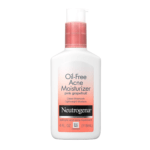 Acne is a common skin condition when hair follicles become clogged with oil, dead skin cells, and bacteria. It can cause various types of lesions on the skin, such as whiteheads, blackheads, pimples, cysts, and nodules.
Acne is a common skin condition when hair follicles become clogged with oil, dead skin cells, and bacteria. It can cause various types of lesions on the skin, such as whiteheads, blackheads, pimples, cysts, and nodules.
Acne can affect anyone, but it is more prevalent among teenagers and young adults due to hormonal changes. According to the American Academy of Dermatology, acne affects up to 50 million Americans every year, making it the most common skin disorder in the United States. Acne can have a negative impact on the physical, psychological, and social well-being of the affected individuals, as it can cause scarring, low self-esteem, depression, and anxiety.
The main factors that cause acne are excess oil production, bacteria, inflammation, and clogged pores. Various internal and external factors, such as genetics, hormones, diet, stress, medications, and cosmetics, can influence these factors. In this guide, we will explain the causes, types, and treatments of acne in detail and provide you with some tips and strategies on how to prevent and manage acne effectively. Our goal is to help you achieve clear, healthy, and beautiful skin. Let’s get started!
How Excess Oil Production Can Cause Acne
One of the main factors that cause acne is excess oil production. Sebum is the natural oil produced by the sebaceous glands in the skin. Sebum helps to lubricate and protect the skin from dehydration and infection. However, when too much sebum is produced, it can clog the pores and trap bacteria and dead skin cells inside. This can lead to the formation of acne lesions, such as whiteheads, blackheads, and pimples.
Several factors can affect sebum production and cause excess oiliness in the skin. Some of the most common ones are:
- Hormonal changes: Hormones, such as androgens, estrogen, and progesterone, can stimulate or inhibit sebum production. Hormonal fluctuations can occur during puberty, menstruation, pregnancy, menopause, and certain medical conditions, such as polycystic ovary syndrome (PCOS). Hormonal acne usually affects the chin, jawline, and cheeks, and can be more severe and persistent than other types of acne.
- Medications: Some medications, such as steroids, lithium, and anticonvulsants, can increase sebum production as a side effect. These medications can interfere with the normal functioning of the sebaceous glands and cause oily skin and acne. If you are taking any medications that may cause acne, consult your doctor about possible alternatives or adjustments.
- Genetics: Genetics can play a role in determining how much sebum your skin produces and how prone you are to acne. You may have inherited the same traits if your parents or siblings have oily skin and acne. Genetic acne can be difficult to treat, as it is influenced by factors that are beyond your control.
- Diet: Diet can also affect sebum production and acne. Some foods, such as dairy products, refined carbohydrates, and processed foods, can increase insulin and insulin-like growth factor 1 (IGF-1) levels in the blood. These hormones can stimulate the sebaceous glands and cause excess oil production. Other foods, such as omega-3 fatty acids, antioxidants, and probiotics, can help regulate sebum production and reduce inflammation and acne.
To reduce excess oil production and prevent acne, you can try the following tips:
- Use a gentle, oil-free, and non-comedogenic cleanser twice a day to remove excess oil, dirt, and makeup from your skin. Avoid using harsh or abrasive products that can irritate or dry out your skin, as this can trigger more oil production.
- Use a toner or astringent after cleansing to balance your skin’s pH and remove any traces of oil or impurities. Look for products that contain ingredients such as witch hazel, rose water, or green tea, which can help tighten the pores and reduce oiliness.
- Use a lightweight, oil-free, and non-comedogenic moisturizer to hydrate and protect your skin. Even if your skin is oily, you still need to moisturize it, as dehydration can cause your skin to produce more oil to compensate. Choose a moisturizer that is suitable for your skin type and condition, and apply it sparingly to avoid clogging the pores.
- Use a clay mask once or twice a week to absorb excess oil and impurities from your skin. Clay masks can help unclog the pores, reduce inflammation, and improve the texture and appearance of your skin. Look for masks that contain ingredients such as kaolin, bentonite, or charcoal, which can help draw out oil and toxins from your skin.
- Use blotting papers or tissues throughout the day to dab away excess oil from your face. Blotting papers can help reduce shine and prevent oil from accumulating on your skin. Avoid rubbing or wiping your face, as this can spread oil and bacteria and cause more acne.
- Avoid touching your face with your hands or objects, such as your phone, glasses, or hat, as this can transfer oil and bacteria to your skin and clog the pores. Wash your hands frequently and sanitize any objects that come in contact with your face.
- Avoid using heavy or greasy makeup products that can clog the pores and cause acne. Look for oil-free, non-comedogenic, and hypoallergenic products that match your skin tone and type. Use minimal makeup and remove it thoroughly at the end of the day with a gentle cleanser or makeup remover.
- Avoid smoking, drinking alcohol, or consuming caffeine, as these substances can increase sebum production and worsen acne. Smoking can damage the collagen and elastin fibers in your skin and cause premature aging and sagging. Alcohol and caffeine can dehydrate your skin and cause it to produce more oil to compensate. Instead, drink plenty of water and herbal teas to hydrate and detoxify your skin.
 RESTORE YOUTHFUL VITALITY WITH HYDROESSENTIAL™ SERUM
RESTORE YOUTHFUL VITALITY WITH HYDROESSENTIAL™ SERUMExperience smoother, younger-looking skin with Hydroessential™ Serum, the ultimate solution for aging skin. Crafted with all-natural ingredients and backed by science, this serum targets wrinkles, fine lines, dark spots, and blemishes, leaving your skin flawlessly radiant. Our serum is easy to incorporate into your daily routine, delivering visible results without any greasiness. Try Hydroessential™ today and witness a revitalized, vibrant complexion like never before. Secure your bottle now and embark on a journey to timeless beauty.
FOR YOUR SAFETY CLICK HERE TO BUY FROM THE OFFICIAL HYDROESSENTIAL WEBSITE
How Bacteria Can Cause Acne
Another factor that causes acne is bacteria. Bacteria are microorganisms that live on the surface and inside the pores of your skin. Some bacteria are beneficial for your skin, as they help to maintain its natural balance and protect it from harmful invaders. However, some bacteria can cause problems for your skin, especially when they multiply and infect the clogged pores.
The most common type of bacteria that causes acne is Propionibacterium acnes, or P. acnes, P. acnes is an anaerobic bacteria, which means it thrives in environments with low or no oxygen, such as clogged pores. P. acnes feeds on the sebum and dead skin cells that accumulate in the pores and produce waste products that irritate the skin and cause inflammation. P. acnes also triggers the immune system to respond and fight the infection, which results in pus formation and swelling. P. acnes is responsible for the formation of acne lesions, such as papules, pustules, nodules, and cysts.
Other types of bacteria that can cause acne are Staphylococcus aureus, or S. aureus, and Staphylococcus epidermidis, or S. epidermidis. S. aureus and S. epidermidis are aerobic bacteria types, meaning they need oxygen to survive. They are normally found on the surface of the skin, and can cause infections when they enter the skin through cuts, wounds, or scratches. S. aureus and S. epidermidis can cause acne lesions, such as folliculitis, boils, and abscesses.
To kill bacteria and reduce acne, you can try the following tips:
- Use a topical antibacterial agent, such as benzoyl peroxide, to kill P. acnes and prevent it from multiplying. Benzoyl peroxide is an over-the-counter medication that comes in different forms, such as gels, creams, lotions, and washes. Benzoyl peroxide works by releasing oxygen into the pores, which kills P. acnes and reduces inflammation. Benzoyl peroxide can also help exfoliate the skin and remove dead skin cells and excess oil. However, benzoyl peroxide can also cause side effects, such as dryness, peeling, redness, and irritation, so use it sparingly and follow the instructions carefully. You can also look for products that contain benzoyl peroxide in combination with other ingredients, such as salicylic acid, glycolic acid, or sulfur, which can enhance its effectiveness and reduce its side effects.
- Use a topical antibiotic, such as clindamycin, erythromycin, or tetracycline, to kill P. acnes and other bacteria that cause acne. Topical antibiotics are prescription medications that come in different forms, such as gels, creams, lotions, and solutions. Topical antibiotics work by inhibiting the growth and reproduction of bacteria and reducing inflammation. Topical antibiotics can also help prevent bacterial resistance, which can occur when bacteria become immune to the effects of antibiotics. However, topical antibiotics can also cause side effects, such as dryness, peeling, redness, and irritation, so use them sparingly and follow the instructions carefully. You can also look for products that contain topical antibiotics in combination with other ingredients, such as benzoyl peroxide, salicylic acid, or retinoids, which can enhance their effectiveness and reduce their side effects.
- Use a topical azelaic acid, to kill P. acnes and other bacteria that cause acne. Azelaic acid is a naturally occurring acid that is found in grains, such as wheat, rye, and barley. Azelaic acid is a prescription medication that comes in different forms, such as gels, creams, and foams. Azelaic acid works by inhibiting the growth and reproduction of bacteria.
How Diet and Lifestyle Affect Acne
- Dietary Influence: An unhealthy diet rich in fats, salts, and sugars may worsen acne symptoms. It’s recommended to limit these foods to help combat acne.
- Carbohydrate Effects: High carbohydrate intake can also aggravate acne; opting for a low-glycemic, whole-food diet is beneficial.
- Routine Importance: Establishing a daily or nightly skincare routine can significantly reduce acne breakouts and promote healthier skin.
- Overall Strategy: Combining a balanced diet with a consistent skincare routine offers the best approach to managing acne and achieving clear skin.
These tips suggest that lifestyle choices, particularly diet, play a crucial role in the health and appearance of acne-prone skin.
Building a Skincare Routine
An effective skincare routine is one of the key ways to keep your skin in tip-top condition. It allows you to cleanse, tone, treat and prevent breakouts so your complexion stays radiantly healthy.
Acne can be difficult to manage. It can lead to pimples and irritation, redness, and flaking that leaves skin dull or uneven in appearance. Therefore, acne sufferers must develop a gentle skincare regime tailored to their needs.
No matter what age you are, when dealing with acne-prone skin, it is essential to find treatments and products that effectively address its cause and work for you. Avoid comedogenic products, those that have a tendency to clog pores and can lead to the formation of acne. It’s important to check product labels for terms like “non-comedogenic,” which indicates the product is less likely to clog pores.
You can also check the product’s ingredients list and look for any ingredients known to be comedogenic or pore-clogging. Some of the common comedogenic ingredients are:
- Coconut oil
- Palm oil
- Flaxseed oil
- Cocoa butter
- Glycerin
- Beeswax
- Almond oil
- Avocado oil
Assess Your Skin Type
To create an effective skincare routine, assessing your skin type and how it responds to various ingredients is essential. This will enable you to select those that will best meet your lifestyle’s needs and incorporate them into your daily regimen.
If you have blemishes, benzoyl peroxide or salicylic acid treatments will help kill bacteria and reduce inflammation, while for pimple control, retinol serum may provide optimal results.
As well as treating acne, it’s also advisable to use sunscreen daily to safeguard against sun damage and premature skin aging. This is especially essential if you have oily skin, as excessive oil production exacerbates acne problems.
Tailor Your Skincare Routine to Your Lifestyle
Once you’ve obtained the products necessary, develop a skincare routine tailored specifically to you and your lifestyle. Your routine doesn’t need to be complex – all it needs to include are cleanser, toner, acne medication, and moisturizer products.
Stick with a routine so your skin can adjust and see results. While miraculous transformation won’t happen overnight, noticeable improvements should appear within weeks.
If you require extra assistance, consulting a dermatologist is an effective way of getting tailored recommendations tailored to your needs. They understand what causes breakouts on your skin and can suggest the most efficient solutions.
No matter the state of your skin, you can enjoy a beautiful, clear, and healthy-looking complexion with proper and consistent care. Just ensure to choose top-quality ingredients, and you will soon see results!
Choosing the Right Products
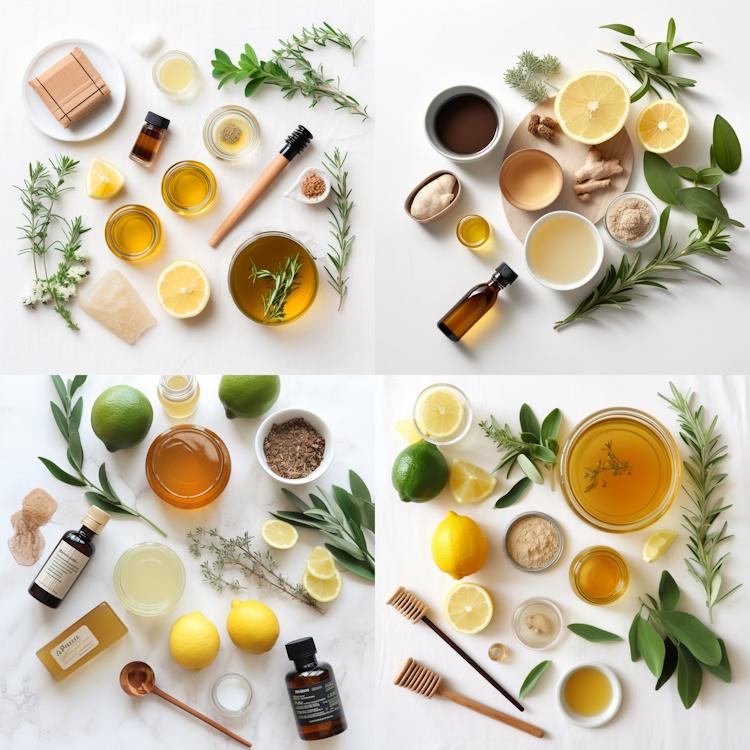
The best natural remedies to get rid of acne and heal your skin at home.
Acne-prone skin requires a tailored skincare regime specifically for its needs, which means understanding your skin type before selecting appropriate products.
For instance, those with oily skin should look for products that won’t clog their pores (this type of formula will often be labeled non-comedogenic on the bottle). Conversely, those with dry or sensitive skin should look for moisturizers that provide soothing moisture for maximum hydration and comfort.
Acne treatments vary based on your skin type and severity, so seeking expert advice regarding which mix of anti-acne treatments is most appropriate can help clear up breakouts quickly. Mild cases often respond well to over-the-counter solutions containing salicylic acid or niacinamide.
When to Choose Stronger Solutions
Stronger solutions, such as benzoyl peroxide, may be required if your acne is particularly stubborn. This ingredient kills bacteria that cause acne while clearing excess oil from your skin. Products of this sort range in strength from 2.5% to 10%; start at lower strengths until results appear and adjust as necessary.
As an additional skin-clearing strategy, combine salicylic acid and niacinamide to improve scars and discolorations while brightening your complexion.
Look for Formulas with Sunscreen
Finally, sunscreen should be worn to shield your skin from the sun’s harmful UV rays. Look for formulas containing titanium dioxide and zinc oxide, which help absorb oiliness more effectively than other sunscreen options.
One key factor for controlling acne is diet. Avoid or limit consumption of certain foods that exacerbate it as much as possible. An unhealthy diet high in fat, salt, and sugar may aggravate acne symptoms; limiting these sources is wise to combat this issue. Too many carbs can also exacerbate acne, so aim for a low-glycemic, whole-food diet instead.
Develop and follow a daily or nightly skincare routine to reduce acne breakouts and ensure healthy and beautiful skin for optimal results. By doing so, you will provide a reduction in breakouts while helping ensure healthy skin for yourself and others around you.
Powerful Skincare Tips
If you have acne, you can use several effective skincare tips to address it quickly. These methods may reduce inflammation and clear up your skin faster than ever.
Glow Up: Empowering Skincare For Teenage Girls (wherecanibuythat.us)
Select an Appropriate Cleanser
To help maintain healthy, acne-prone skin, your face needs an effective yet gentle cleanser to eliminate oil, dirt, and dead skin without over-drying. Gel-based (like Vichy Normaderm Phytoaction Daily Deep Cleansing Gel ) or lotion-based cleansers such as Dove Cetaphil or Neutrogena products work well and leave skin feeling soft and refreshed.
Avoid Harsh Soaps
While washing your face more frequently than twice daily may be tempting, this could exacerbate matters by stripping it of natural oils and making your body produce excess sebum – leading to clogged pores and an oilier-than-necessary appearance, according to dermatologist Dr. Saedi.
Clean your makeup tools. When applying makeup, it may be tempting to forgo brush cleanser or baby shampoo, but these tools collect bacteria that can aggravate acne outbreaks. Cleaning them with gentle face wash products regularly can help your skin become clear and beautiful!
Avoid Excess Sun Exposure
Despite the increasing popularity of Adapalene products, too much exposure to direct sunlight can dry out skin cells and weaken your body’s ability to fight off acne-causing bacteria. For optimal skin protection and to limit further breakouts, limit sun exposure during winter months by the lowest amount possible.
Stick with Your Treatment Regimen
Results may take several weeks or months, so remain patient when beginning any new acne-clearing regimens.
Consider New Products One at a Time
Dr. Jaliman advises gradually adding new treatments or products; otherwise, it can irritate the skin and result in breakouts. He adds:
Begin with a mild cleanser, then switch to stronger ones once any existing pimples have been cleared up. Toners may also help. Make sure it’s non-comedogenic (meaning it won’t block pores or your pores) or oil-free for the best results.

